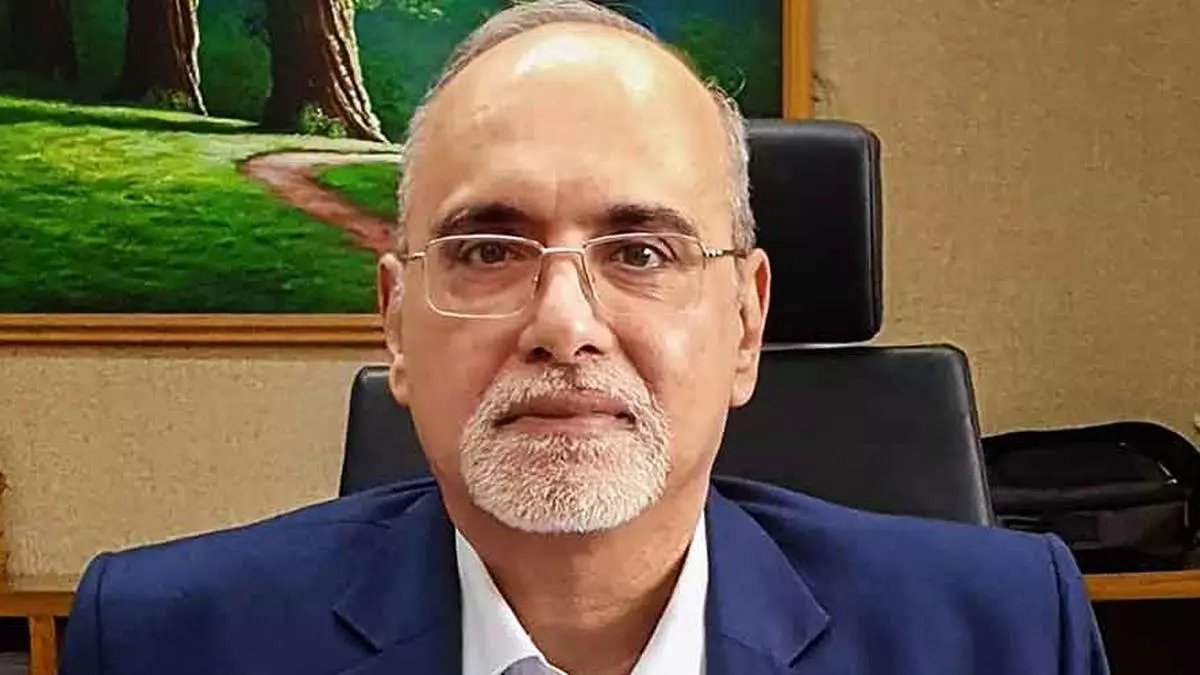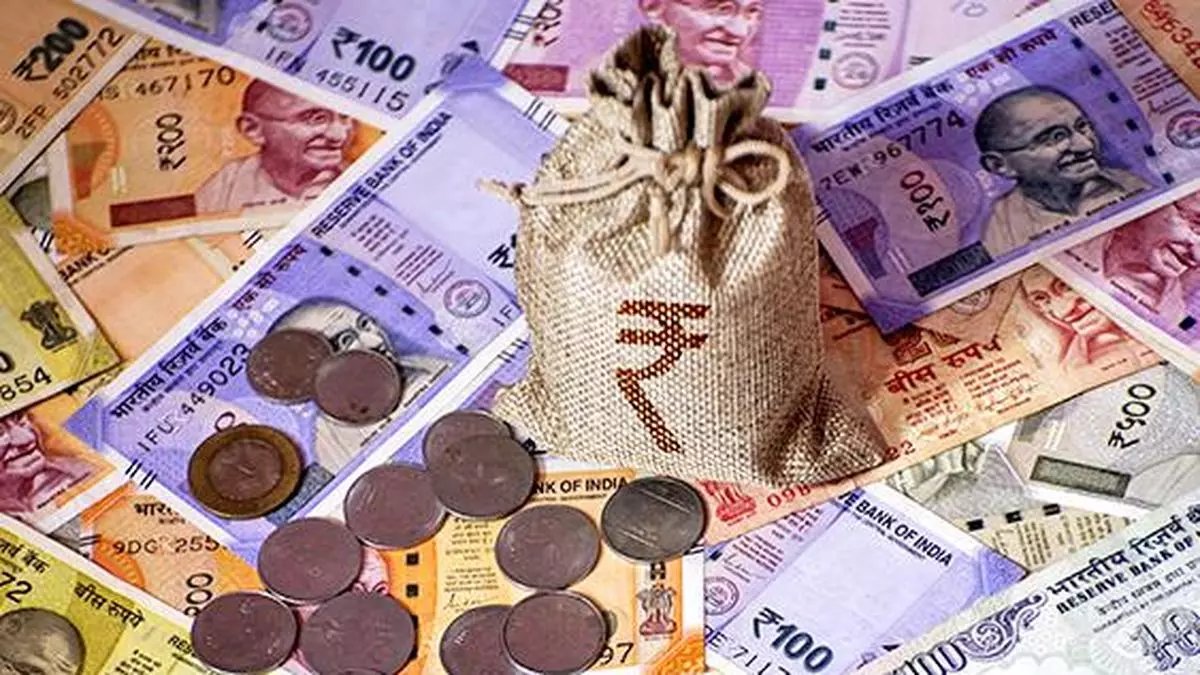The Indian economy is an outlier which shows strong macroeconomic fundamentals, amidst global challenges such as high levels of public debt, stretched asset valuations, economic and financial fragmentation, geopolitical tensions, and risks arising from increasing cyber threats, according to RBI Deputy Governor M Rajeshwar Rao.
Economic activity is growing steadily, supported by a financial system that looks stronger than in the past, he said.
“If we exclude post-Covid rebound in 2021-22, India’s real GDP growth in 2023-24 surged to its highest since 2016-17, surpassing expectations. The period marked a shift in growth trajectory from an average of 7 per cent pre-20202 to an average of 8 per cent or higher during the subsequent period, driven largely by domestic factors,” Rao said at a recent JP Morgan India Leadership Series Lecture.
Inflation is currently forecast to average around 4.5 per cent in 2024-25 and 4.1 per cent in 2025-263.
The Deputy Governor underscored that these macroeconomic conditions could, therefore, lay the foundation for sustainable future growth, improve consumption conditions, strengthen the investment climate, and enhance external competitiveness.
Rao noted that the Indian banking sector, in particular, has demonstrated significant improvement in key metrics such as capital adequacy, asset quality, and profitability, supported by robust macroeconomic fundamentals and business confidence.
There has been sustained growth in credit expansion, primarily driven by personal loans and loans to services sector, he added.
As of the end of March 2024, scheduled commercial banks (SCBs) reported a capital to risk-weighted assets ratio (CRAR) of 16.8 per cent and a common equity tier 1 (CET1) ratio of 13.9 per cent.
Gross NPA ratio
Additionally, SCBs achieved a multi-year low in their gross non-performing assets (GNPA) ratio at 2.8 per cent and net non-performing assets (NNPA) ratio at 0.6 per cent, underscoring strong performance across various indicators.
Profitability of banks also remained strong, evidenced by their Return on Equity (RoE) at 13.3 per cent and Return on Assets (RoA) at 13.8 per cent as of March 31, 2024.
At an aggregated level, non-banking financial companies (NBFCs) also continue to maintain robust health indicators as of end-March 2024, with a CRAR of 26.6 per cent, GNPA ratio at 4.0 per cent, and RoA at 3.3 per cent.
“However, despite the financial system exhibiting strong performance and healthy financials, as a regulator and supervisor, we need to remain vigilant to the risks on the horizons.
“We have been flagging our concerns on strong credit growth in certain segments of unsecured retail loans. Increase in use of technology has also increased threat of cyber risks,” Rao said.
RBI has also been sensitising regulated entities on these issues during its periodic interactions. The regulatory thrust also continues on conduct related matters to enhance transparency and improve customer experience.




